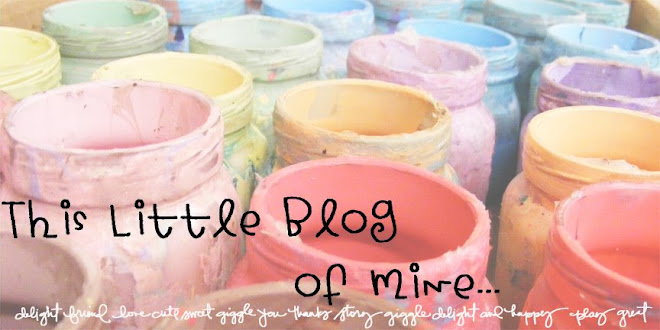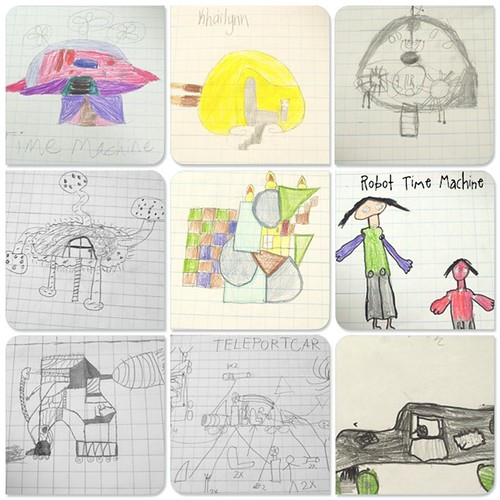QUOTED: Sir Ken Robinson, chair of the UK Government's report on creativity,
education and the economy, described research that showed that young
people lost their ability to think in "divergent or non-linear ways", a
key component of creativity.
Of 1,600 children aged three to five who
were tested, 98% showed they could think in divergent ways.
By the time
they were aged eight to 10, 32% could think divergently.
When the same
test was applied to 13 to 15-year-olds, only 10% could think in this
way.
And when the test was used with 200,000 25-year-olds, only 2% could
think divergently. . . .
Education is driven by the idea of one answer
and this idea of divergent thinking becomes stifled.'
He described
creativity as the 'genetic code' of education and said it was essential
for the new economic circumstances of the 21st century." signed: (TESS,
25 March 2005) You can see a wonderful TED animation of the entire speech about creativity HERE. Our superintendant showed the animation at our annual back to school meetings in August.
Last week, I told you about how I am starting the year off with the 'Time Travel Theme'. When students arrived to the art room, the lighting was dim so that they could walk in and feel the magic of my own time machine sculpture. It has flashing lights, an electric lightening ball and moving parts. I asked my students, what do you think this is? What do you think it does? What do you think it is made from? I explain that it is a sculpture that I created out of things that I found. Once this sinks in, I explain that it is a time machine sculpture that symbolizes the theme for our year in art. We are going to travel back in time to study ancient art and artifacts, things that were made before paint and paper even existed!!
It has sparked some amazing discussions like: 'can people really time travel?' 'does your machine really work?' 'how did you build it?' 'If you could go anywhere in time, when/where would you go?' 'What will life be like in the future?'
I showed the video below as part of my introduction to the unit, just so students could start thinking about moving through time. I also showed a slide show of various ways that time travel has been represented in movies, cartoon, and in books.
The Scientist, the Cat and the Time Machine from matthew snyman on Vimeo.
DISCLAIMER: If you decide to show this video in your classroom, please note that I downloaded the video and made one small EDIT....if you watch the video, you can guess what I cut from it....It is a funny part, but not school appropriate and not relevant to my lesson. ;-)
As part of the slide show of images of time machines, I briefly explain that I read the book The Time Machine by H. G. Wells over the summer after I saw an artist re-create a cover for the classic novel. The design of the time machine on the cover is SO powerful....that tiny ladder, I just love it!
For the lesson, I challenged my students to create their own time travel device. Their design doesn't have to be limited to a 'machine.' They drew a 'blueprint' on grid paper and then decide if they would rather travel to the future or the past. Students then re-drew their time travel device on a larger sheet of paper and created a scene showing their perspective of the future or the past.
The magnificent thing about this lesson is that it promotes divergent thinking....something that is so important in education. For students to be able to solve a problem creatively and from their own imagination. I've only had about half of my classes so far....I cannot wait to challenge the other half of my students!!



What a fantastic lesson plan! I love seeing the children's work. And device probably has more meaning to kids today than a machine. I think my time travel device would look a lot like a cell phone . . .
ReplyDeleteRinda